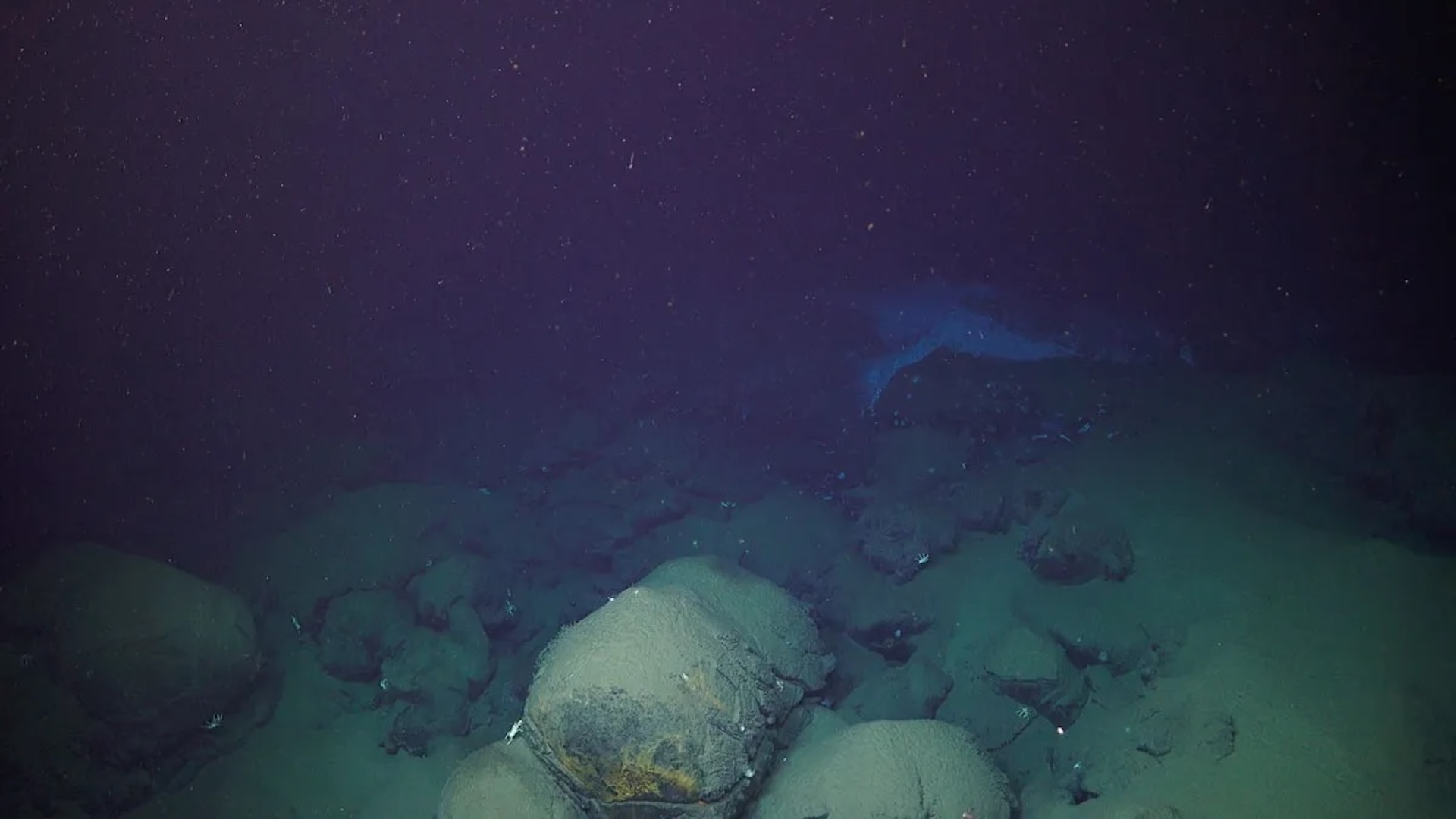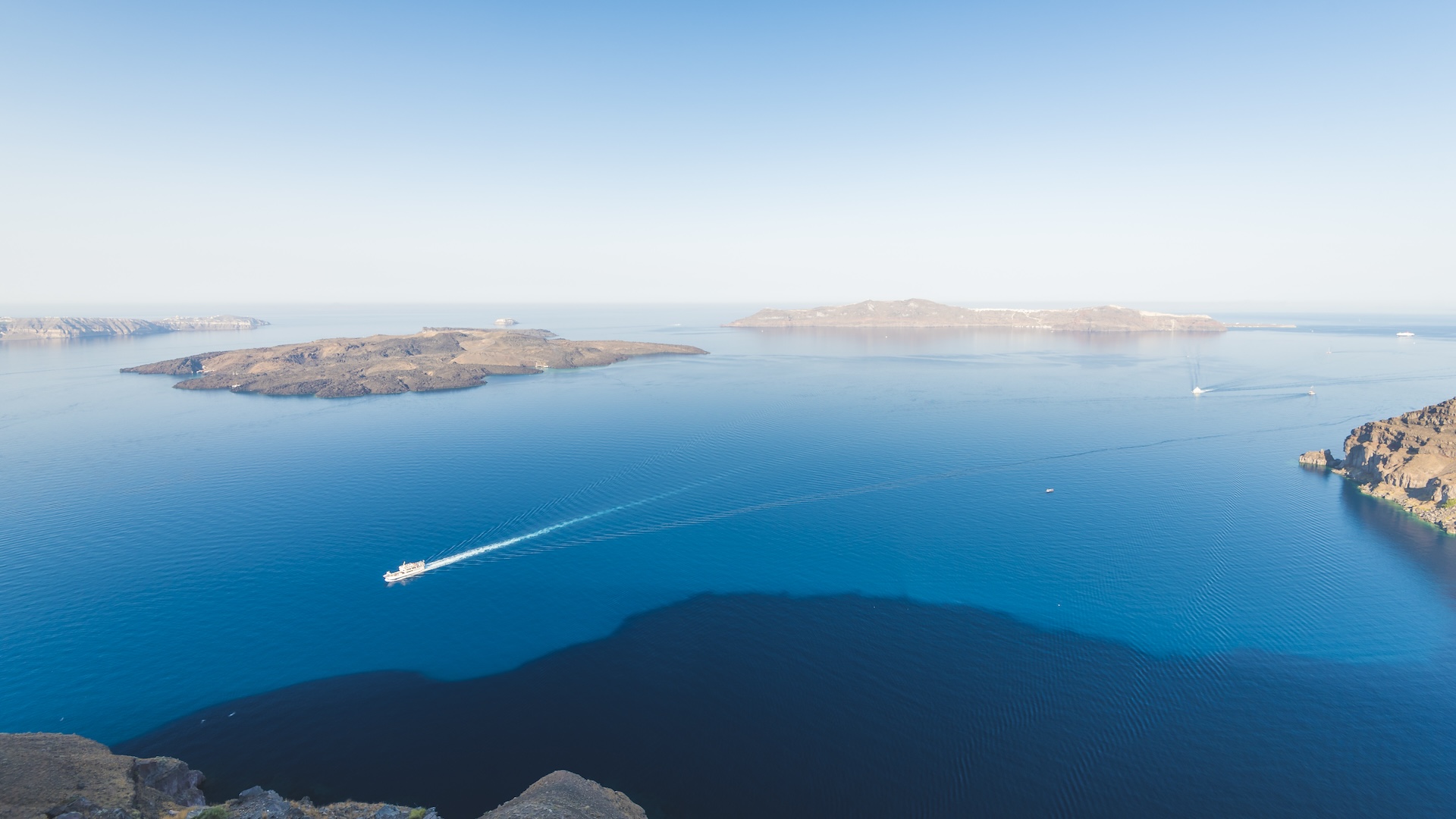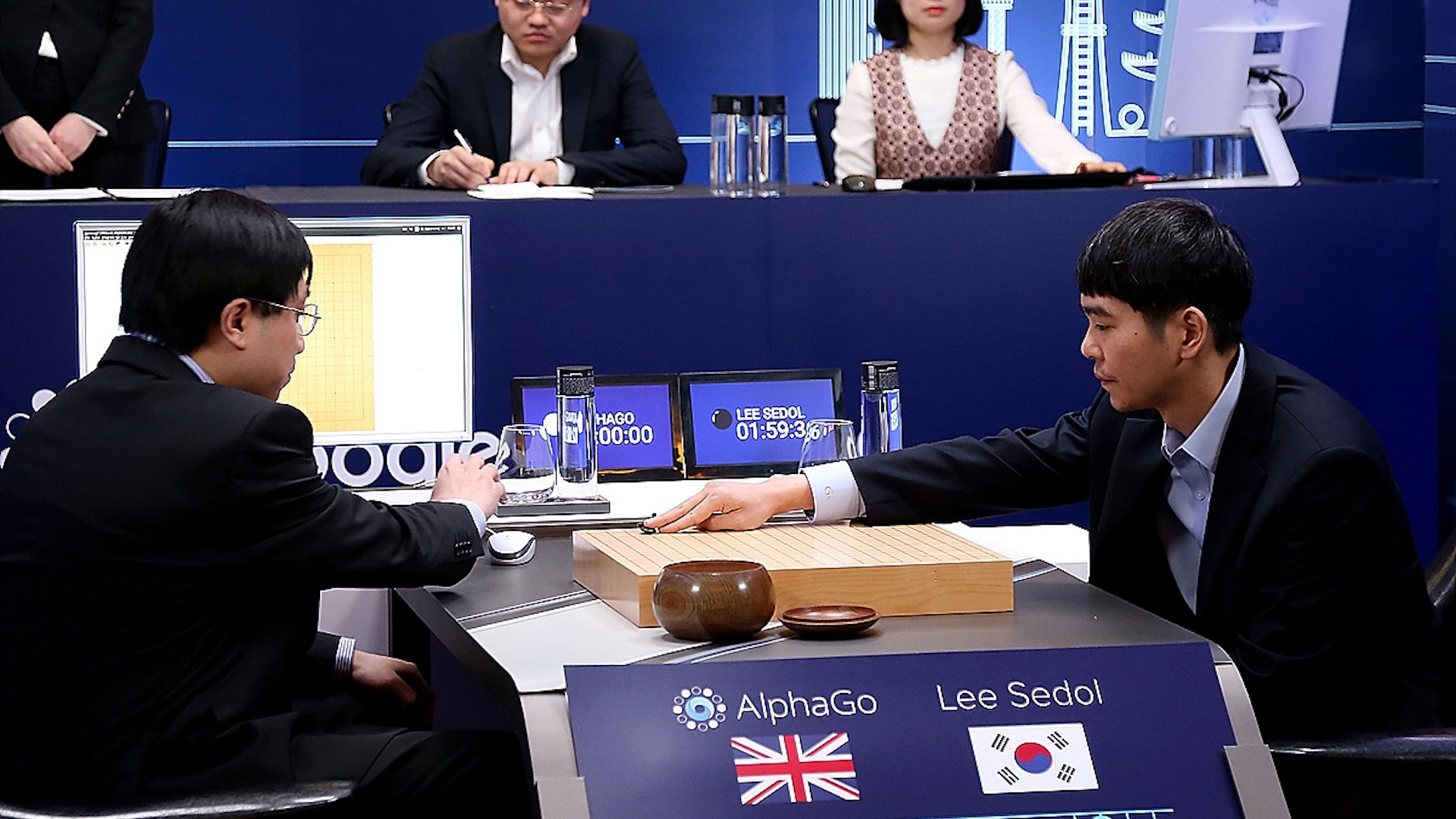Foods, Vol. 13, Pages 1096: Impact of Air-Drying Temperatures on Drying Kinetics, Physicochemical Properties, and Bioactive Profile of Ginger
Foods doi: 10.3390/foods13071096
Authors: Muhammad Nouman Shaukat Biagio Fallico Akmal Nazir
Ginger (Zingiber officinale Roscoe) is a perishable commodity that requires proper processing to maintain its bioactivity. This study evaluated the effect of different air-drying temperatures (50 °C, 60 °C, and 70 °C) on ginger’s drying kinetics and quality attributes. For an enhanced understanding of the drying kinetics, we employed a detailed approach by combining an existing drying model (namely, Midilli) with the Arrhenius model. This combined model facilitates a thorough analysis of how temperature and time concurrently affect the moisture ratio, offering more profound insights into the drying mechanism. A higher drying rate was achieved at 70 °C, yet elevated drying temperatures could compromise the quality attributes of ginger slices. Ginger slices dried at 50 °C displayed improved physicochemical properties and less color browning. The evaluation of the bioactivity profile of resultant ginger extracts also revealed higher total phenolic contents (1875.87 ± 31.40 mg GAE/100 g) and DPPH radical scavenging activity (18.2 ± 0.9 mg TE/kg) in 50 °C treated ginger samples. Meanwhile, the hydroethanolic mixture (70% ethanol) was also reorganized with better extraction efficiency than water and MWF (a ternary blend of methanol, water, and formic acid) solution. The promising outcomes of this study endorse the influence of drying temperature on the quality characteristics and bioactive profile of ginger and the selection of suitable extraction solvents to acquire phenolic-rich extract.

 3 months ago
42
3 months ago
42


